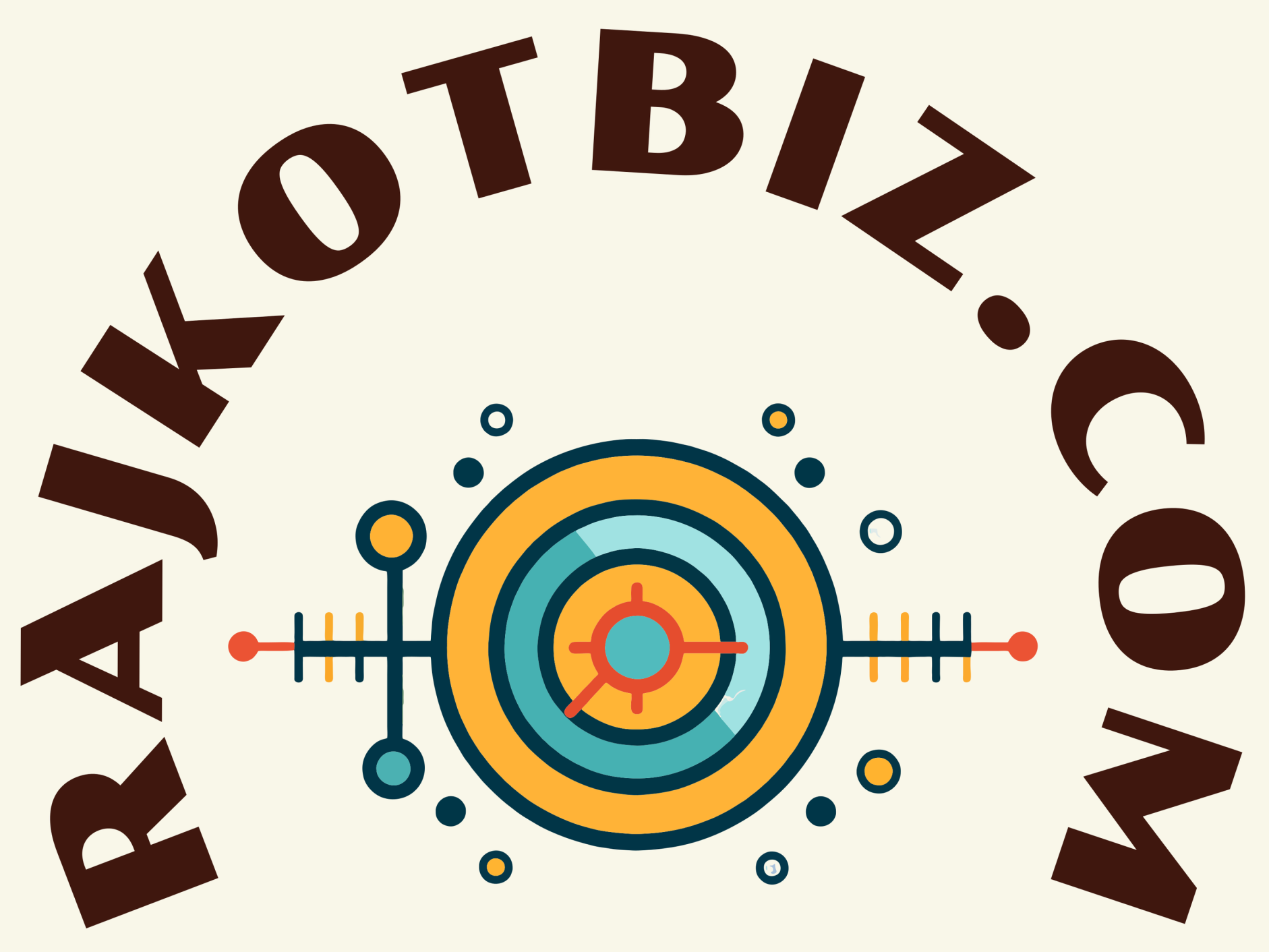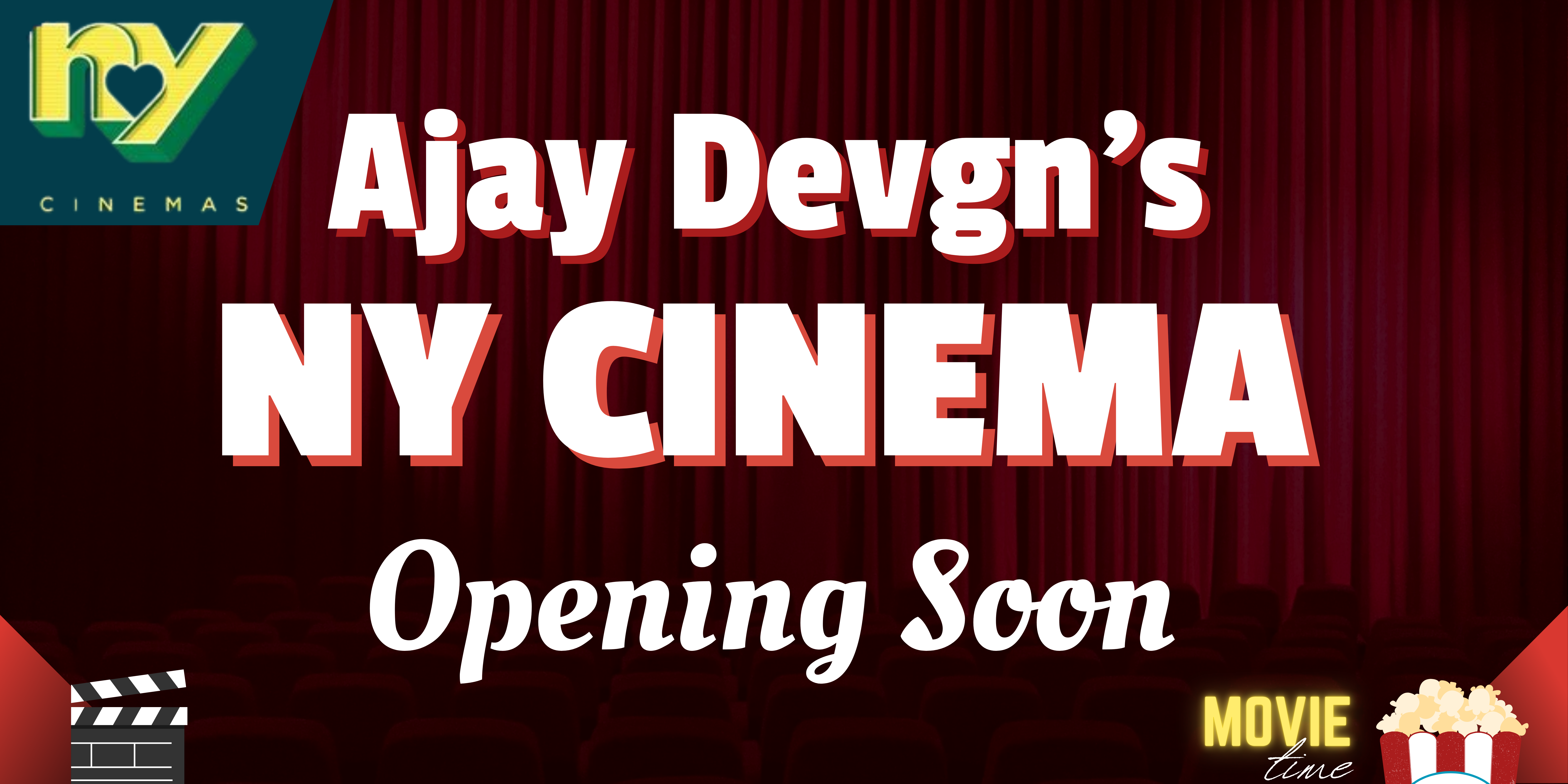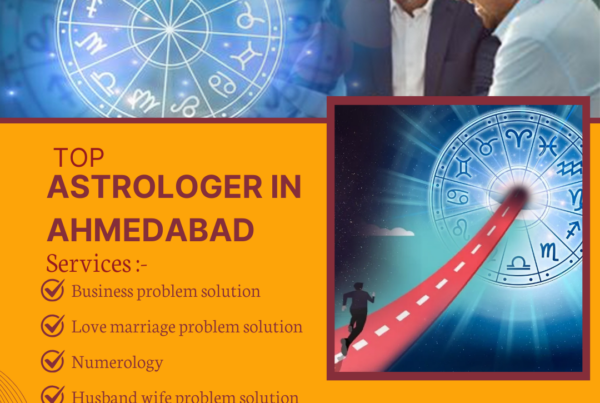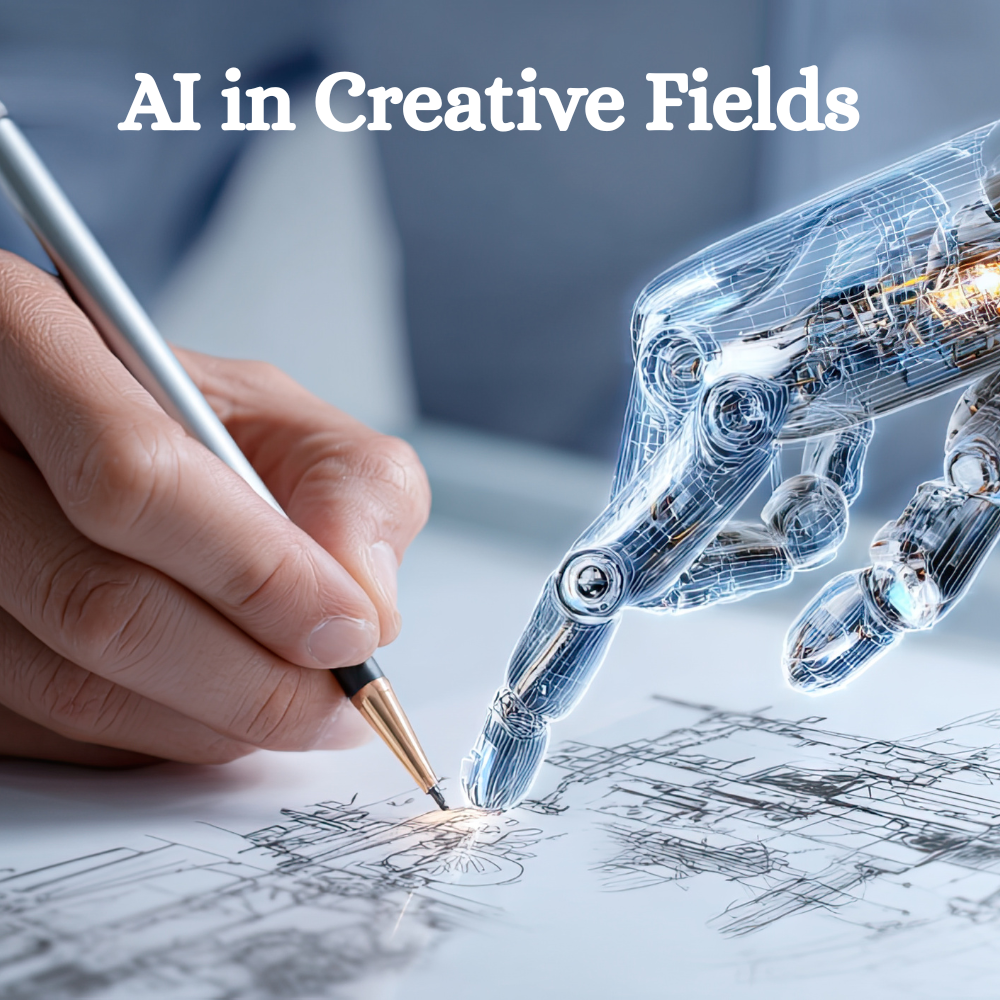
In recent times, the rapid-fire advancement of artificial intelligence( AI) has sparked an ongoing debate Can AI replace mortal creativity? From composing music and generating art to writing novels and designing innovative products, AI systems are decreasingly able of producing labors that act mortal creative work. still, while AI can imitate and indeed introduce in some disciplines, the question remains whether it can truly replace the depth, suspicion, and emotional resonance of mortal creativity. To understand this, we must examine the capabilities of AI, the nature of mortal creativity, and the philosophical and practical limits of machine- made art.
The Rise of AI in Creative Fields
Artificial intelligence has moved further simple calculation and robotization. ultramodern AI tools, particularly those using machine literacy and deep literacy, can dissect vast quantities of data, fete patterns, and induce labours that mimic mortal creativity. For illustration, AI- powered programs like OpenAI’s ChatGPT or image creators like DALL · E can write essays, craft runes, or produce visually striking images grounded on textual prompts. In music, platforms like AIVA can compose orchestras that elicit emotion, while in fashion, AI algorithms help contrivers prognosticate trends and produce new patterns.
These advancements demonstrate that AI is not simply performing mechanical tasks; it’s engaging in a form of generative creativity. Some companies and artists have indeed banded with AI toco-create workshop, claiming that the performing labours push the boundaries of imagination. In marketing, AI- generated content, including vids and social media posts, has come decreasingly common, offering effectiveness and scalability that mortal brigades cannot match.
Understanding Human Creativity
Creativity is innately tied to mortal experience. It is not only about producing commodity new but also about conveying meaning, emotion, and environment. mortal creativity is frequently driven by particular gests, artistic background, suspicion, and an understanding of societal dynamics. For case, a minstrel might write about heartache not just because of the verbal patterns of love and loss, but because they’ve endured it and can convey nuanced feelings. also, an mastermind might design a structure not only grounded on structural sense but also on aesthetics, artistic symbolism, and social impact.
also, creativity is innately adaptive. Humans learn, forget, and resuscitate ideas, frequently combining putatively unconnected generalities to produce commodity entirely new. This side thinking and the capability to assign meaning beyond bare data sets remain uniquely mortal rates that AI struggles to replicate.
How AI Mimics Creativity
AI’s approach to creativity is unnaturally different from mortal creativity. It relies on assaying massive datasets and generating labours grounded on statistical chances. For illustration, when generating textbook, an AI does not “ understand ” the story; it predicts which words are most likely to follow a given sequence grounded on patterns in the training data. also, AI- generated art relies on feting visual patterns and styles from thousands of images and blending them in new ways.
This capability to dissect and recombine being information allows AI to produce labours that are original in form but not inescapably in substance. While an AI might induce a oil in the style of Van Gogh, it does not witness the world or feelings that inspired the original masterpieces. Its “ creativity ” is secondary, dependent entirely on the data it has been trained on.
The Limitations of AI Creativity
Despite emotional achievements, AI has essential limitations in replicating mortal creativity. First, AI lacks knowledge and private experience. Creativity is frequently born out of particular sapience, emotional depth, and moral reflection — confines that AI cannot witness. Second, AI is constrained by the data it has access to. It cannot truly introduce outside being knowledge or imagine generalities that have no precedent. Third, AI cannot comprehend the societal and ethical counteraccusations of its creations. A lyric, oil, or announcement may technically be beautiful, but without mindfulness of its artistic or emotional environment, it risks being concave or unhappy.
also, mortal creativity thrives on unpredictability, miscalculations, and defects. Serendipitous crimes frequently lead to improvements, similar as the accidental discovery of penicillin or the abstract expressions of ultramodern art. AI, being algorithmic, generally optimizes for correctness and effectiveness, potentially limiting the compass for genuine invention.
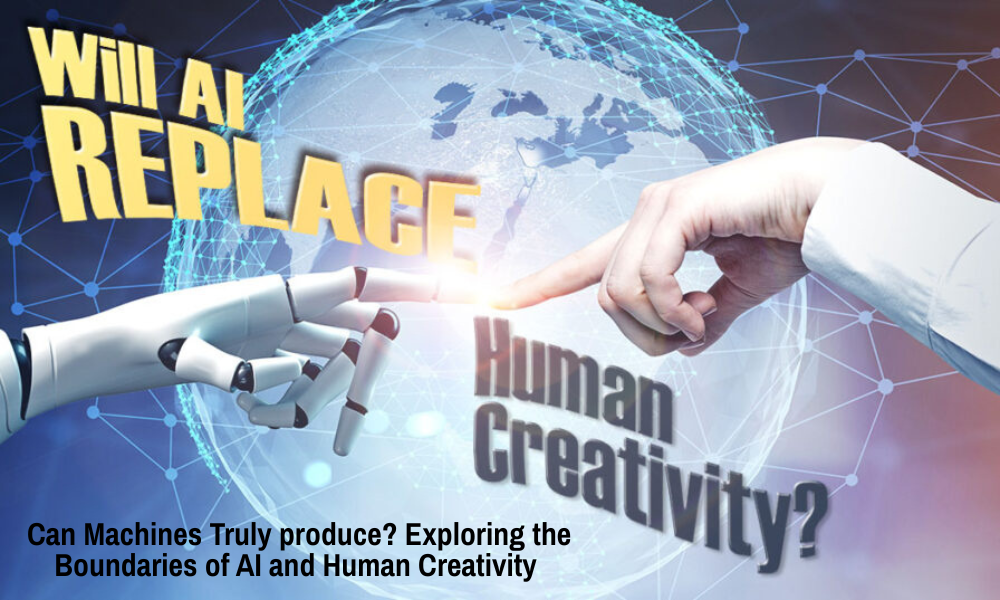
Collaboration Between AI and Humans
Rather than viewing AI as a relief for mortal creativity, numerous experts see it as a tool that enhances it. AI can help humans by generating ideas, automating repetitious creative tasks, or bluffing possibilities that might be impracticable to explore manually. For case, pens may use AI to communicate plot twists, while contrivers can experiment with multiple duplications of a product fleetly. In this cooperative model, AI amplifies mortal creativity rather than substituting it.
also, AI can homogenize creativity, allowing people who may warrant formal training or coffers to express themselves in new ways. A person with no background in oil can use AI tools to bring their visual ideas to life, blurring the lines between creator and tool stoner. This collaboration represents a paradigm shift, where mortal creativity is stoked and amended by machine intelligence.
Philosophical and Ethical Considerations
The question of whether AI can replace mortal creativity also raises philosophical and ethical concerns. However, what does this mean for mortal artists, musicians, If AI- generated workshop dominate the creative geography.
likewise, reliance on AI for creative tasks may risk homogenizing culture. However, it may support being patterns rather than promoting radical invention, If AI is trained on popular trends and datasets. mortal creativity, with its emotional depth and ethical judgment, is essential to conserving diversity, artistic nuance, and meaningful invention.
Conclusion
Artificial intelligence has made remarkable strides in mimicking mortal creativity. From music and art to literature and design, AI can induce labours that dumbfound, inspire, and entertain. still, its “ creativity ” remains unnaturally different from mortal creativity, lacking knowledge, emotional depth, and ethical mindfulness. While AI can enhance and round mortal creative trials, it cannot completely replace the intuitive, existential, and reflective confines that define mortal art.
The unborn likely falsehoods in collaboration rather than negotiation. By using AI as a creative mate, humans can push the boundaries of imagination while retaining the uniquely mortal capacity for meaning- timber, emotional resonance, and artistic invention. Creativity, after all, is further than novelty — it is the reflection of our humanity, commodity no machine, still advanced, can entirely replicate.
